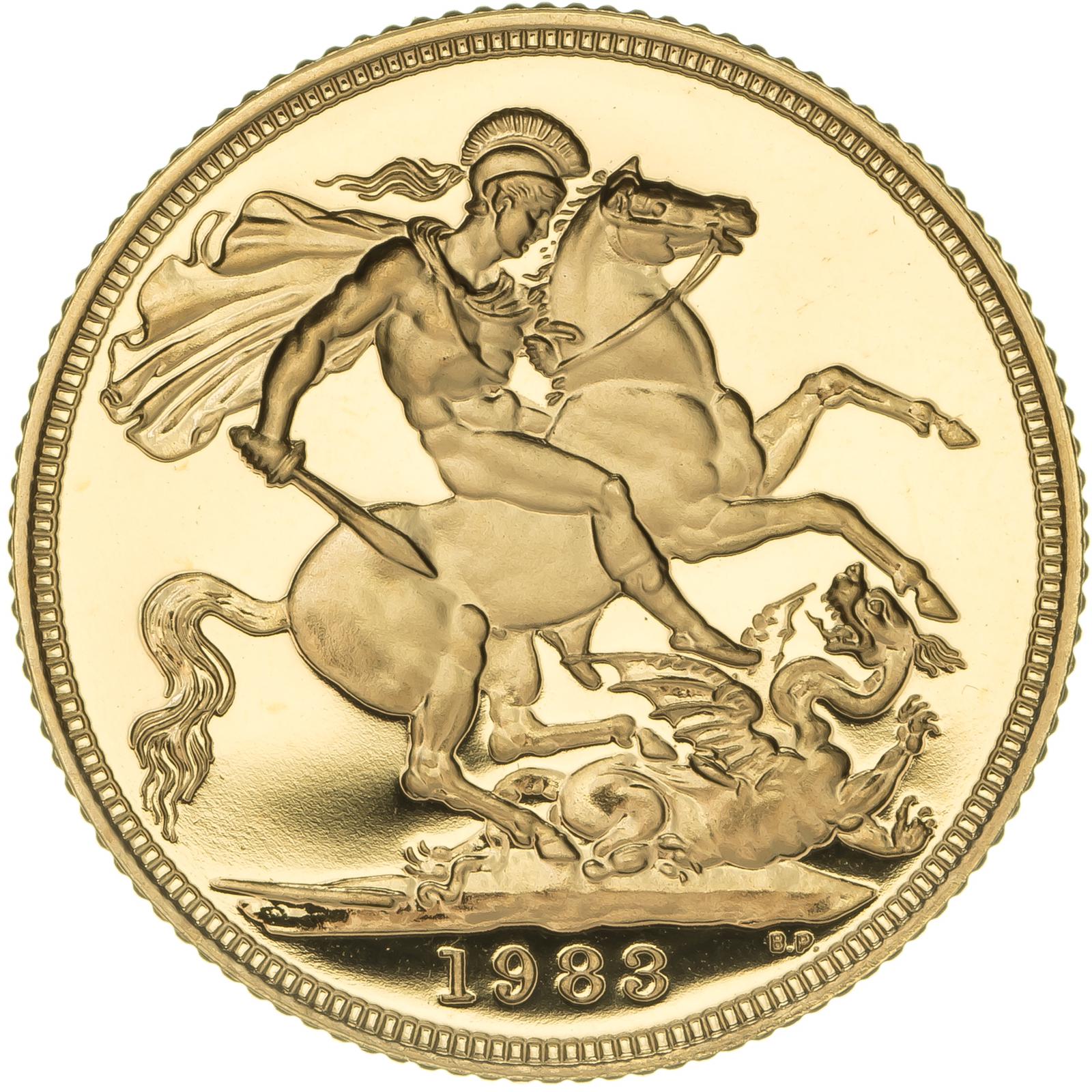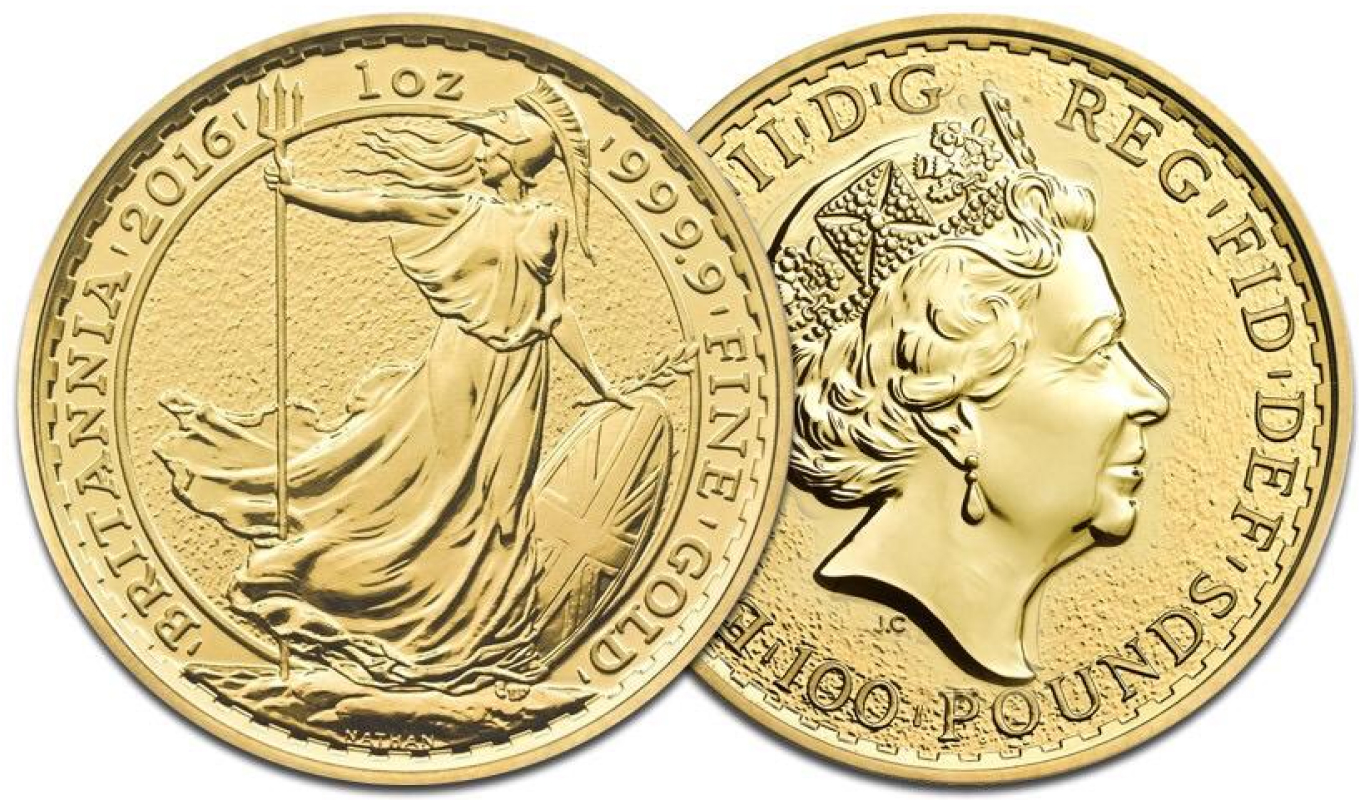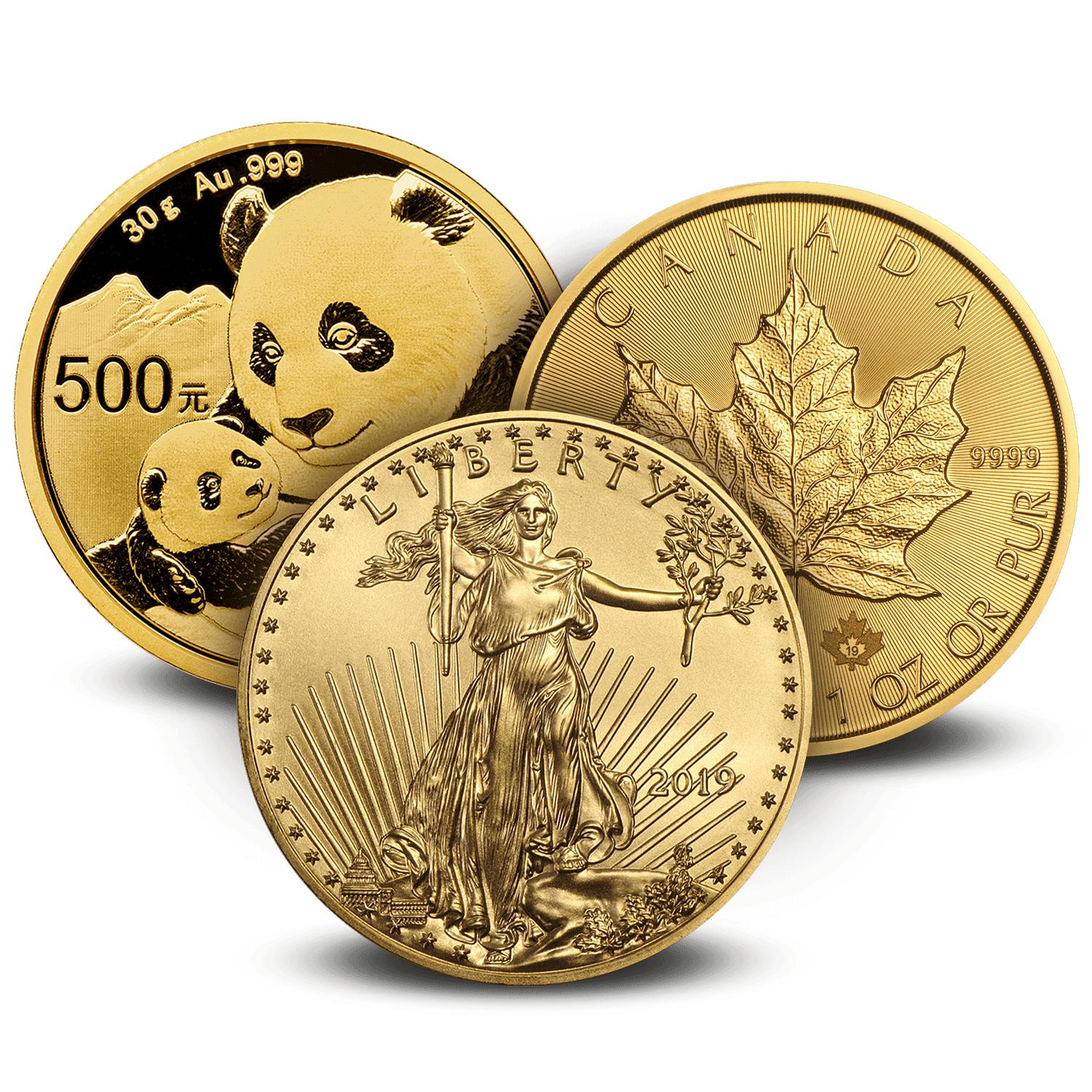Historical Exploration of the Marks on the Royal Mint Sovereign Coin

19th Jul 2023
The Royal Mint Sovereign, a quintessential gold coin with a rich history dating back to the late 15th century, remains an enduring symbol of British numismatic artistry and heritage. Over the centuries, the Sovereign has undergone several design changes and been minted at various locations, each leaving unique marks on the coins that offer invaluable insights into the evolution of British coinage. In this comprehensive article, we shall delve into the various marks found on the Royal Mint Sovereign coin, exploring their historical significance and shedding light on the remarkable journey of this esteemed currency.
Obverse Design:
The obverse side of the Royal Mint Sovereign typically features the reigning monarch’s effigy during the period of issuance. This depiction serves not only as a representation of the ruling British monarch but also as a reflection of the artistic styles prevalent during that particular era. Over the centuries, the Sovereign has showcased the profiles of monarchs such as Henry VII, Elizabeth I, George III, Queen Victoria, King George V, and Queen Elizabeth II, among others. Each portrait encapsulates the prevailing aesthetics and socio-cultural influences of its time, providing a fascinating glimpse into the history of British art and regal imagery.
Reverse Design:
The reverse side of the Sovereign has remained remarkably consistent over the years, depicting the iconic scene of St. George on horseback, valiantly slaying a dragon. This image, designed by Benedetto Pistrucci in 1817, has become synonymous with the Royal Mint Sovereign and is renowned for its exceptional level of detail and artistic grandeur. Despite the enduring nature of this design, slight variations and adjustments have occurred over time, reflecting changing artistic tastes and engraving techniques.
Mint Marks:
Mint marks are symbols or letters on coins denoting the minting location. The Royal Mint Sovereign, minted at various locations to meet the demands of commerce and trade, exhibits distinct mint marks that add further historical context to each coin:
- London (no mark): As the primary mint, most Sovereigns minted in London during various periods do not bear a specific mint mark. The absence of a mark indicates the coin’s origin at the renowned Royal Mint in Tower Hill, London.
- Birmingham (an “H” mark): During specific periods, such as the late 19th century, Sovereigns were also minted in Birmingham to address increased coinage requirements. These coins can be identified by the “H” mint mark.
- Sydney (an “S” mark): From 1855 to 1926, the Sydney Mint in Australia produced Sovereigns for the British Empire. The coins minted at this location feature the “S” mint mark, indicating their origin down under.
- Melbourne (an “M” mark): Similarly, the Melbourne Mint in Australia contributed to the production of Sovereigns from 1872 to 1931, with the “M” mint mark distinguishing these coins.
- Perth (a “P” mark): The Perth Mint in Australia, established in 1899, became a major producer of Sovereigns. Coins bearing the “P” mint mark testify to their origin at this mint.
- Ottawa (an “O” mark): In response to World War I, the Royal Mint in Ottawa, Canada, began striking Sovereigns in 1908. These coins can be identified by the “O” mint mark.
Designer’s Initials:
In addition to mint marks, certain Sovereign coins bear the initials of their respective designers. The most notable example is Benedetto Pistrucci, whose initials “BP” appear beneath the depiction of St. George and the dragon on some Sovereigns. Pistrucci’s masterful design has remained a defining feature of the Sovereign’s allure and has been re-imagined throughout various historical periods.
The Royal Mint Sovereign stands as a testament to the enduring legacy of British numismatic excellence. Through its ever-evolving obverse and reverse designs, mint marks denoting its place of origin, and the inclusion of designer initials, each Sovereign encapsulates a unique chapter in British history and artistic expression. As these esteemed coins continue to captivate collectors, investors, and numismatists alike, they serve as tangible connections to the past, allowing us to appreciate the remarkable journey of one of the world’s most revered gold coins.










